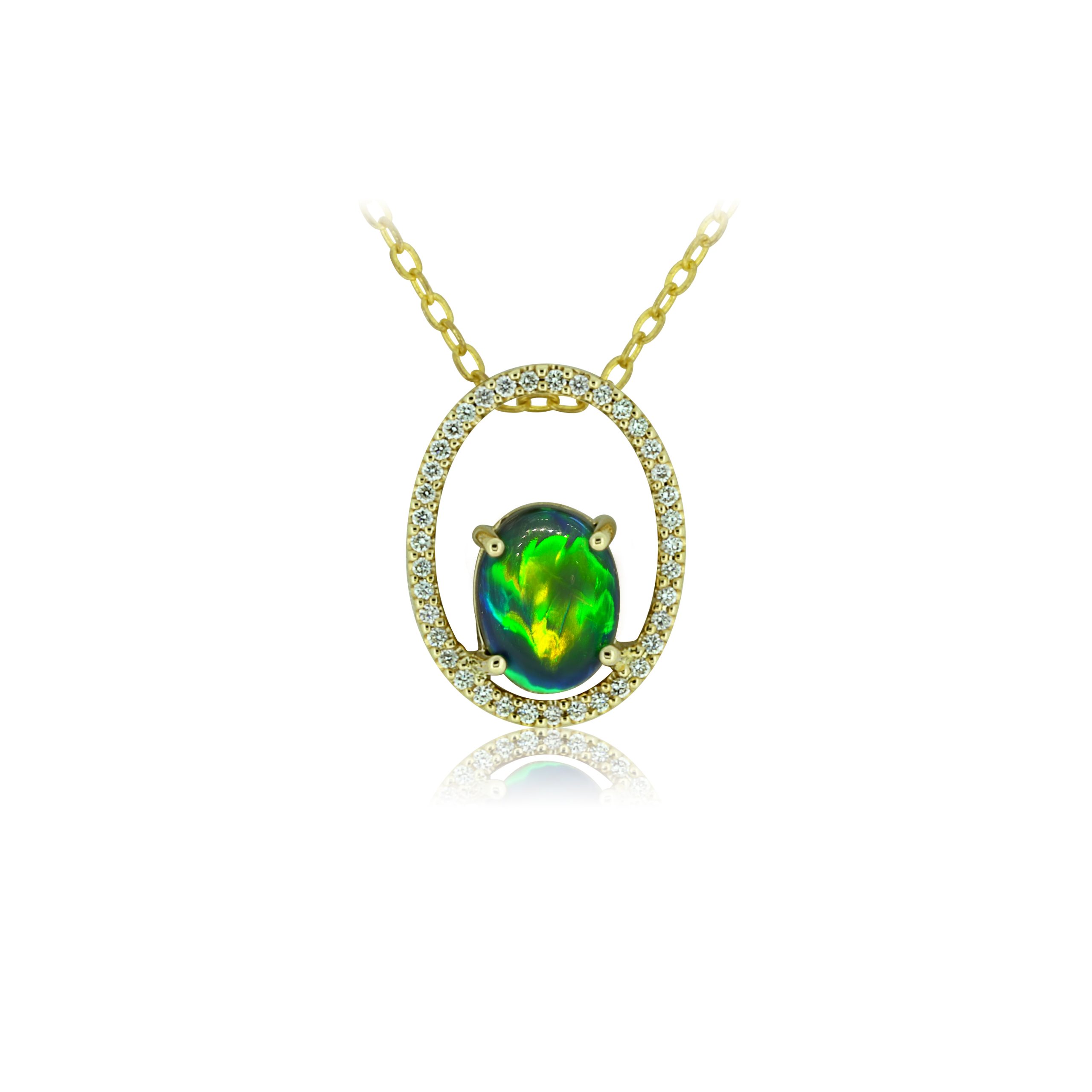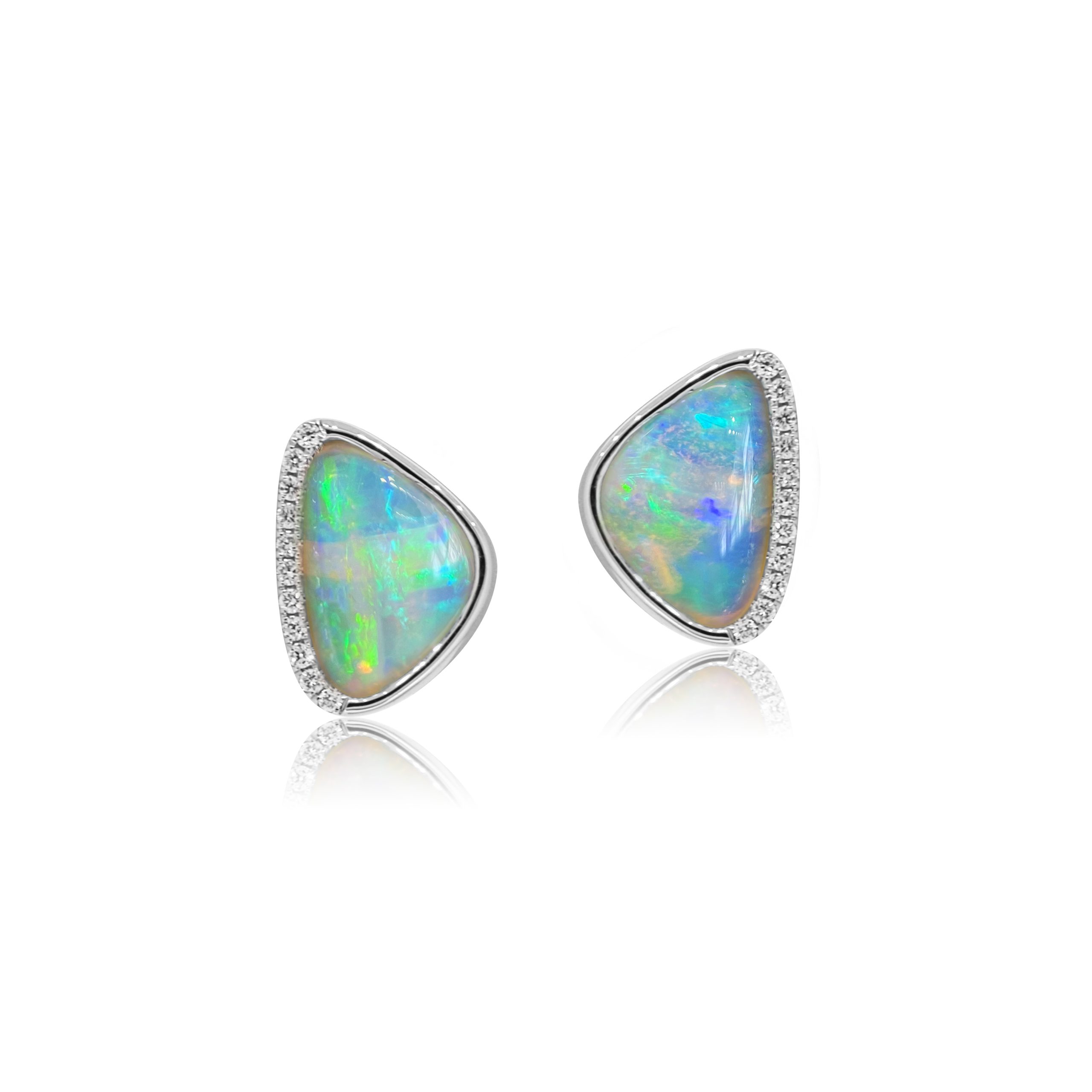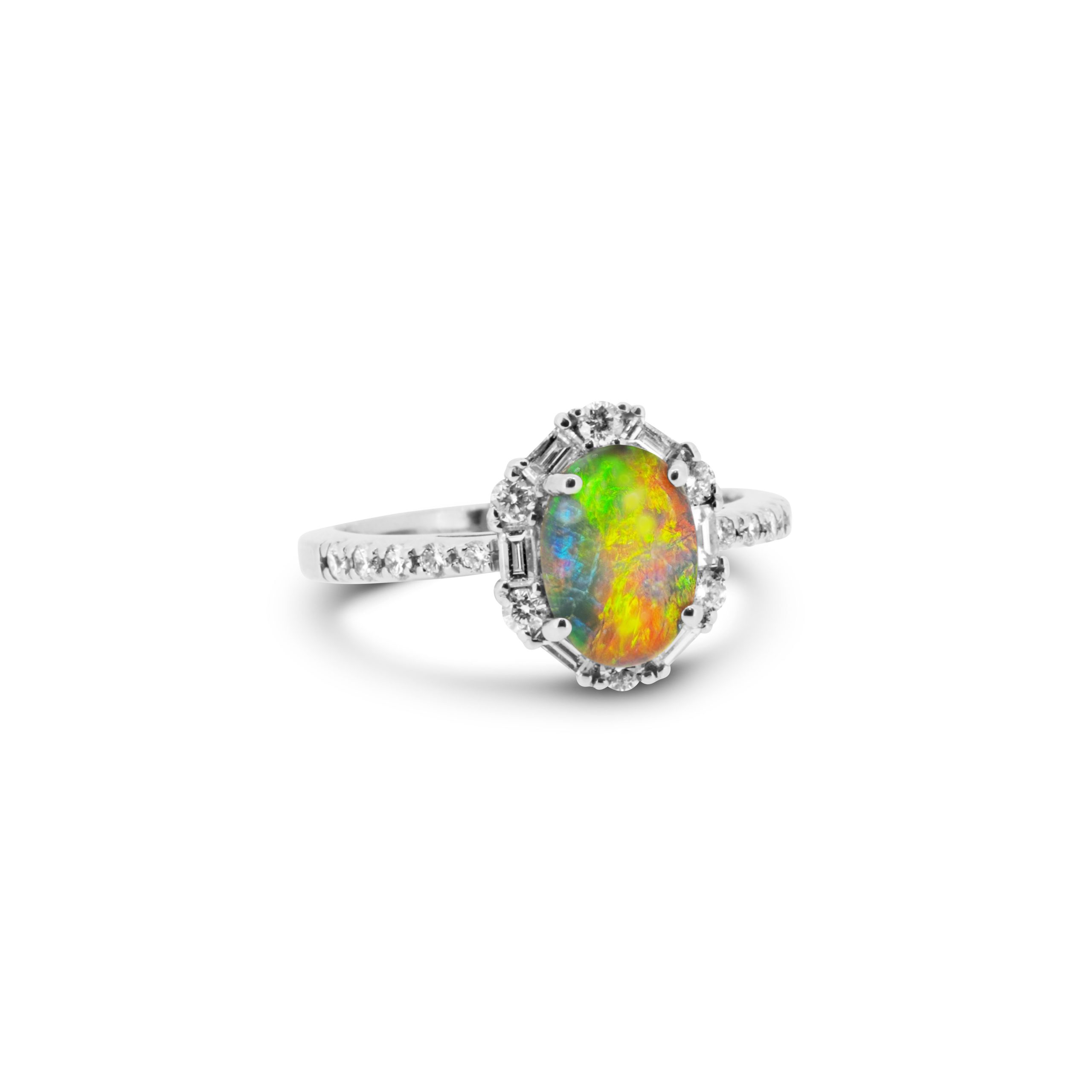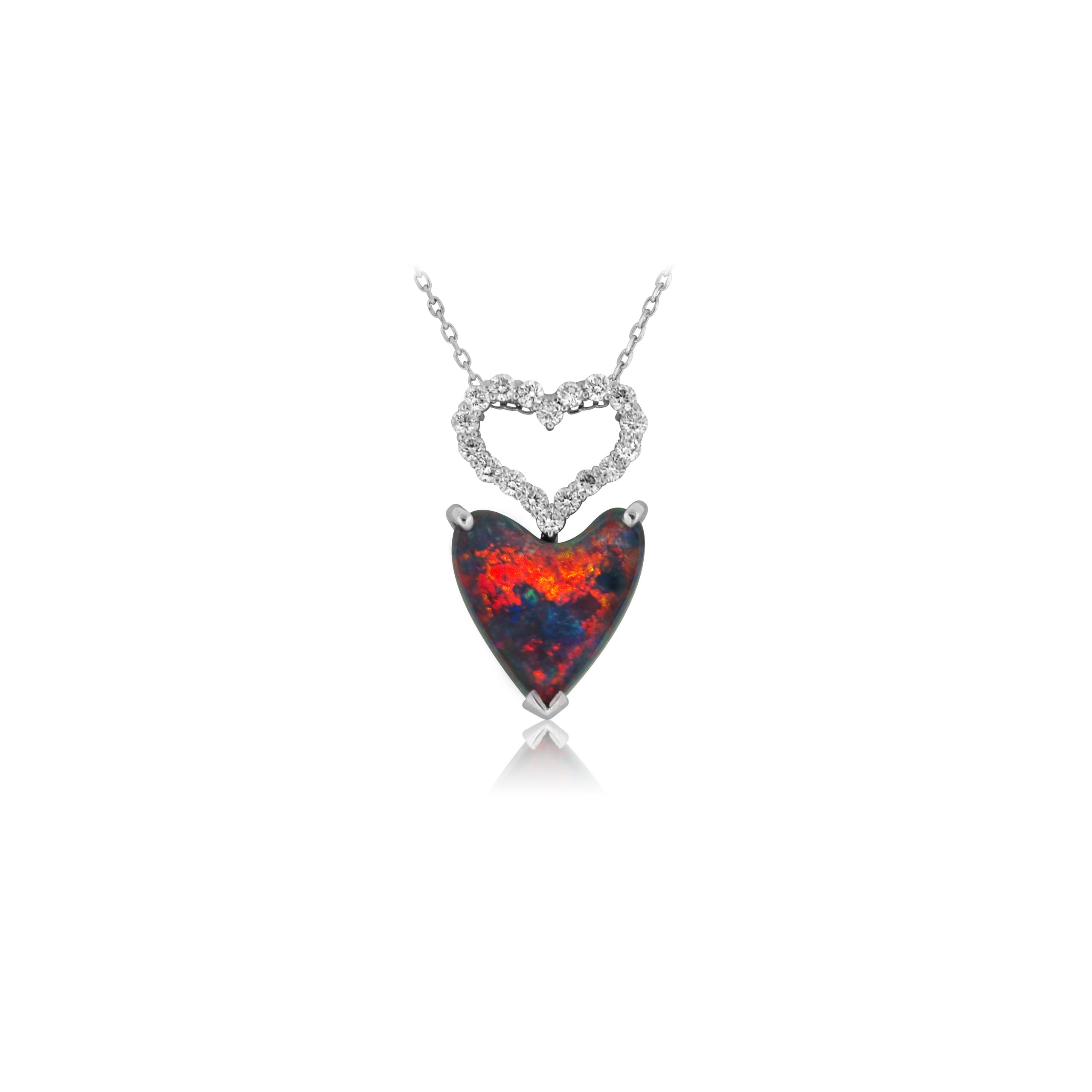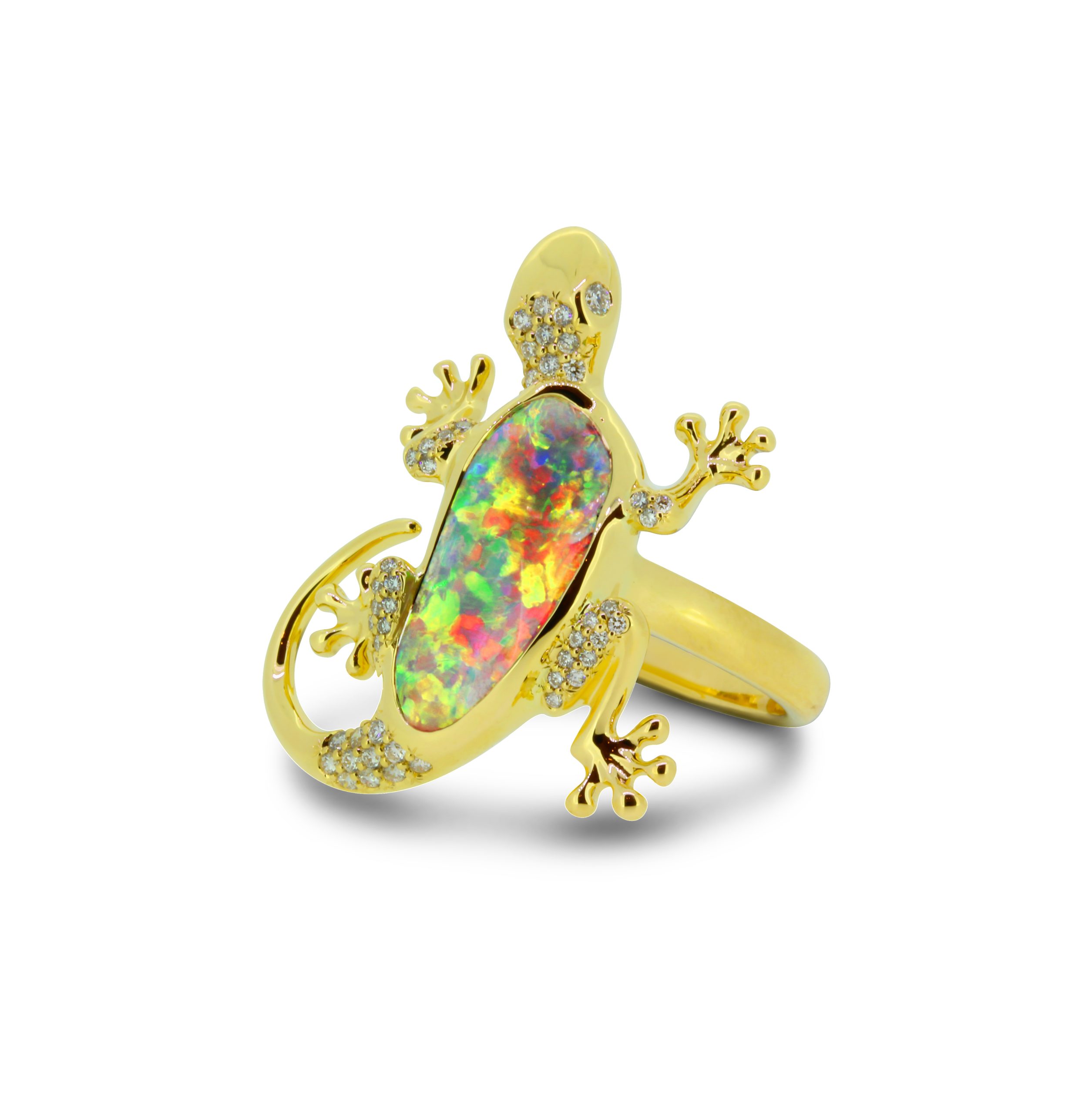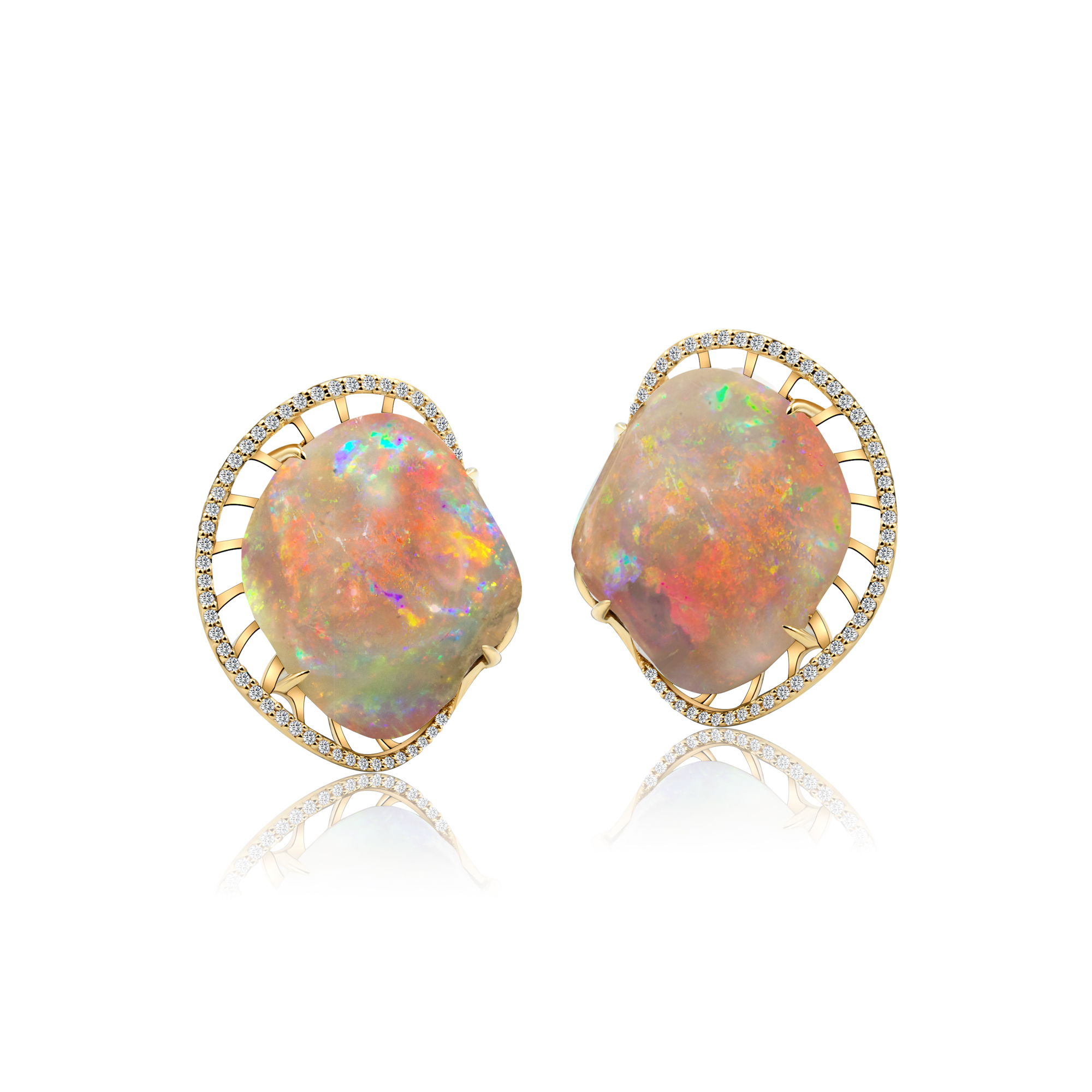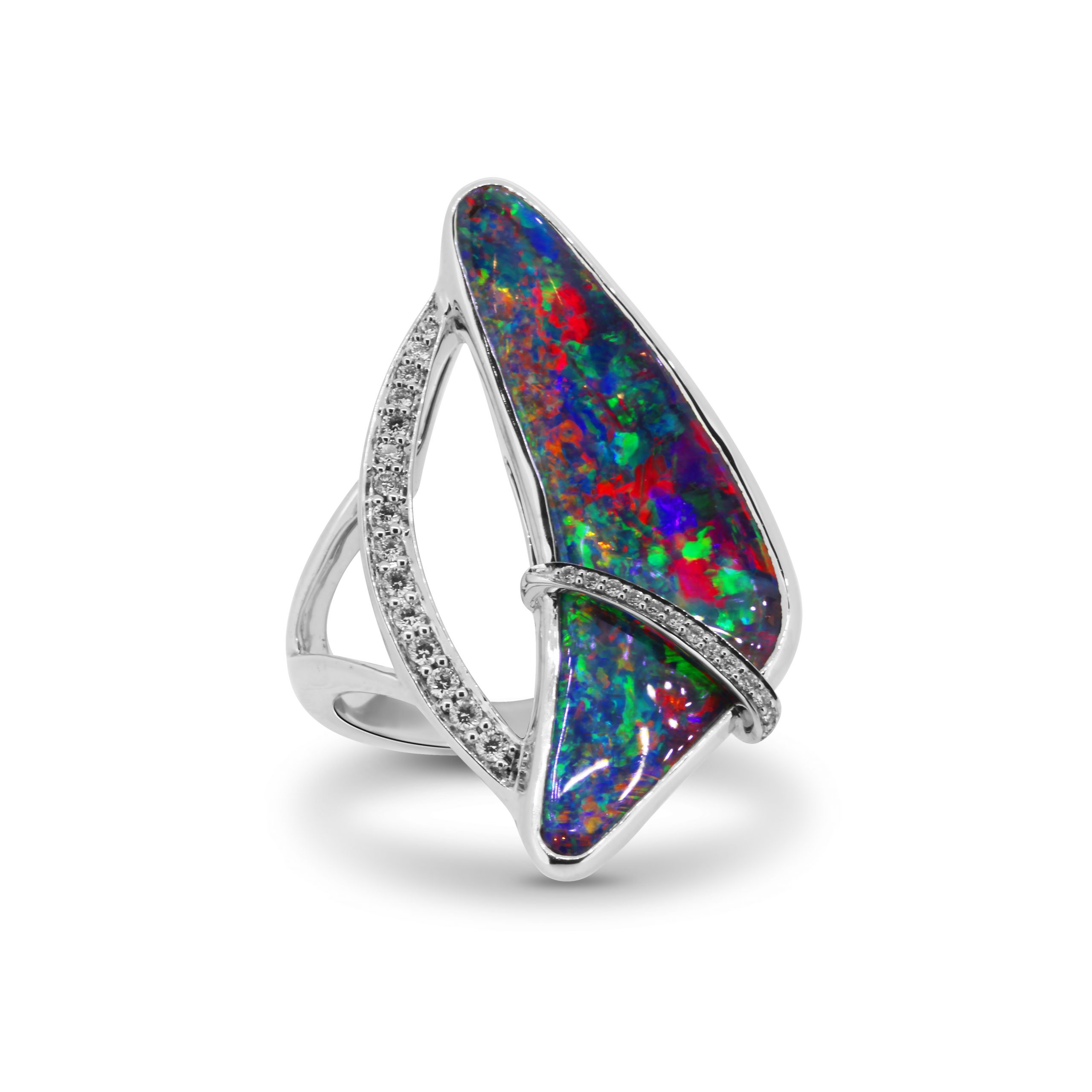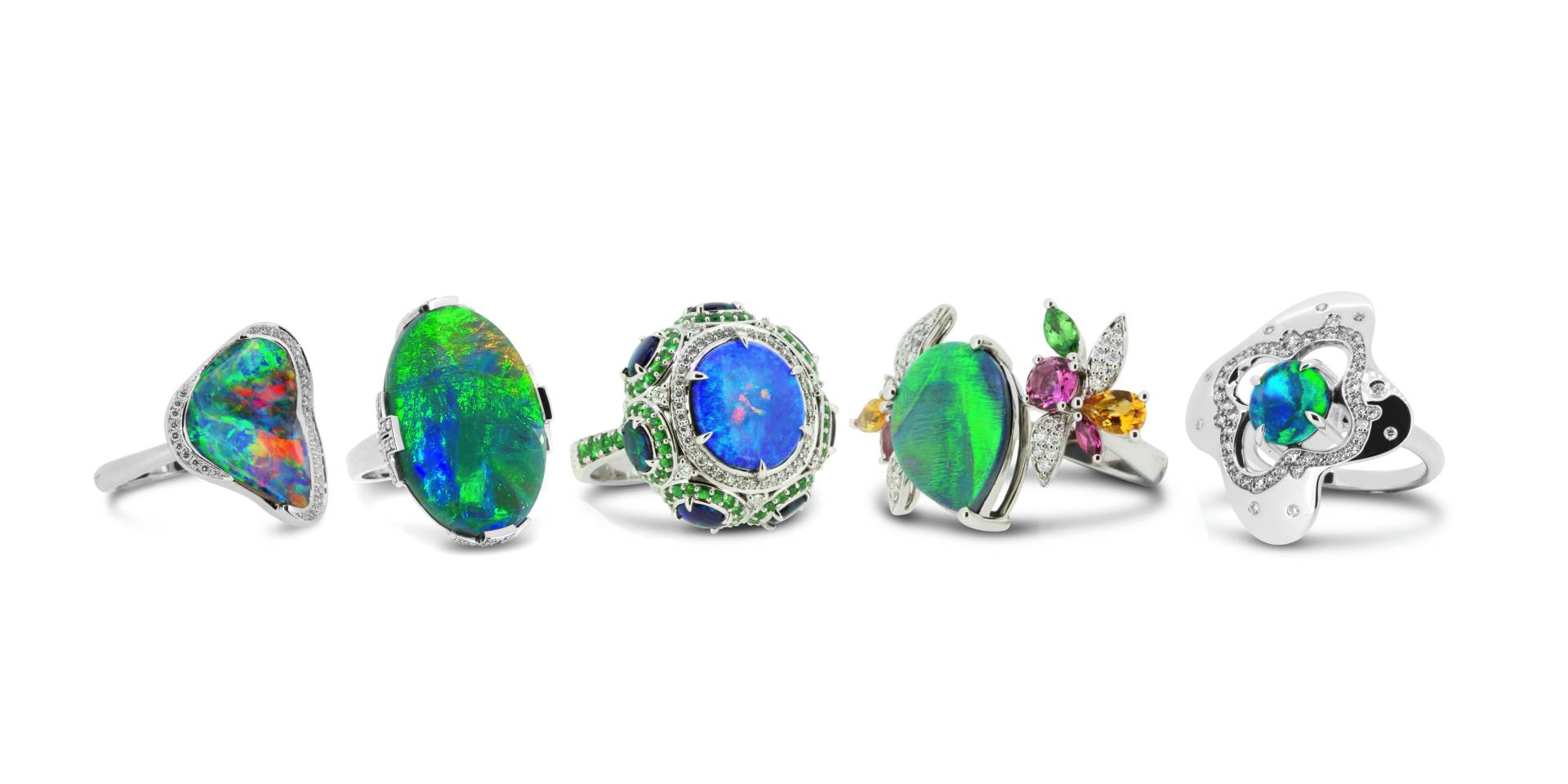The Opal Fields
The major outcrops of opal an ancient inland sea (known as the Eromanga Sea). The important mining areas in Australian opal production over the last century have been White Cliffs, the Queensland fields, Lightning Ridge, Grawin, Glengarry, Coober Pedy, Andamooka, Mintabie and Lambina. White Cliffs Commercial mining commenced in the late 1880s at the White…
Details
